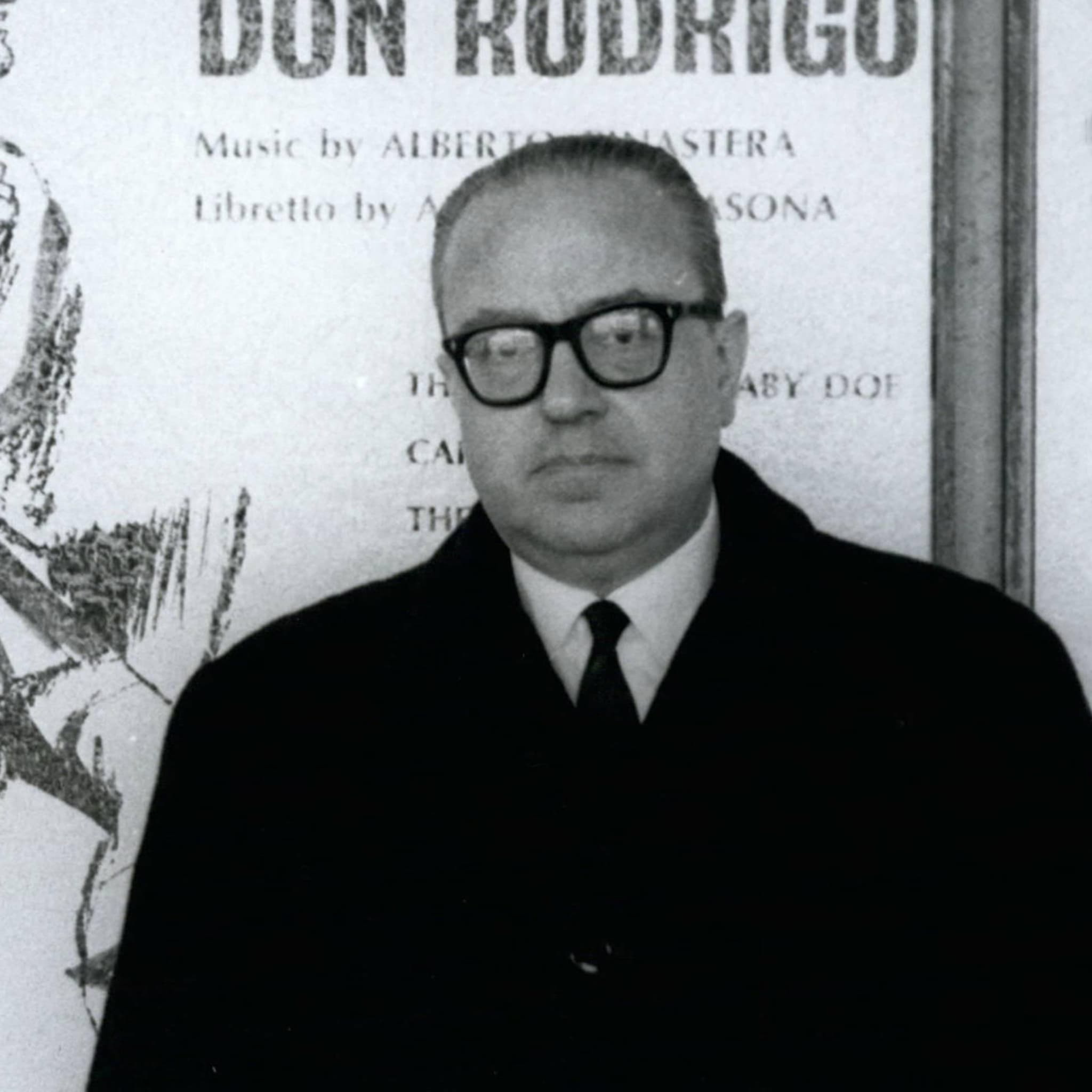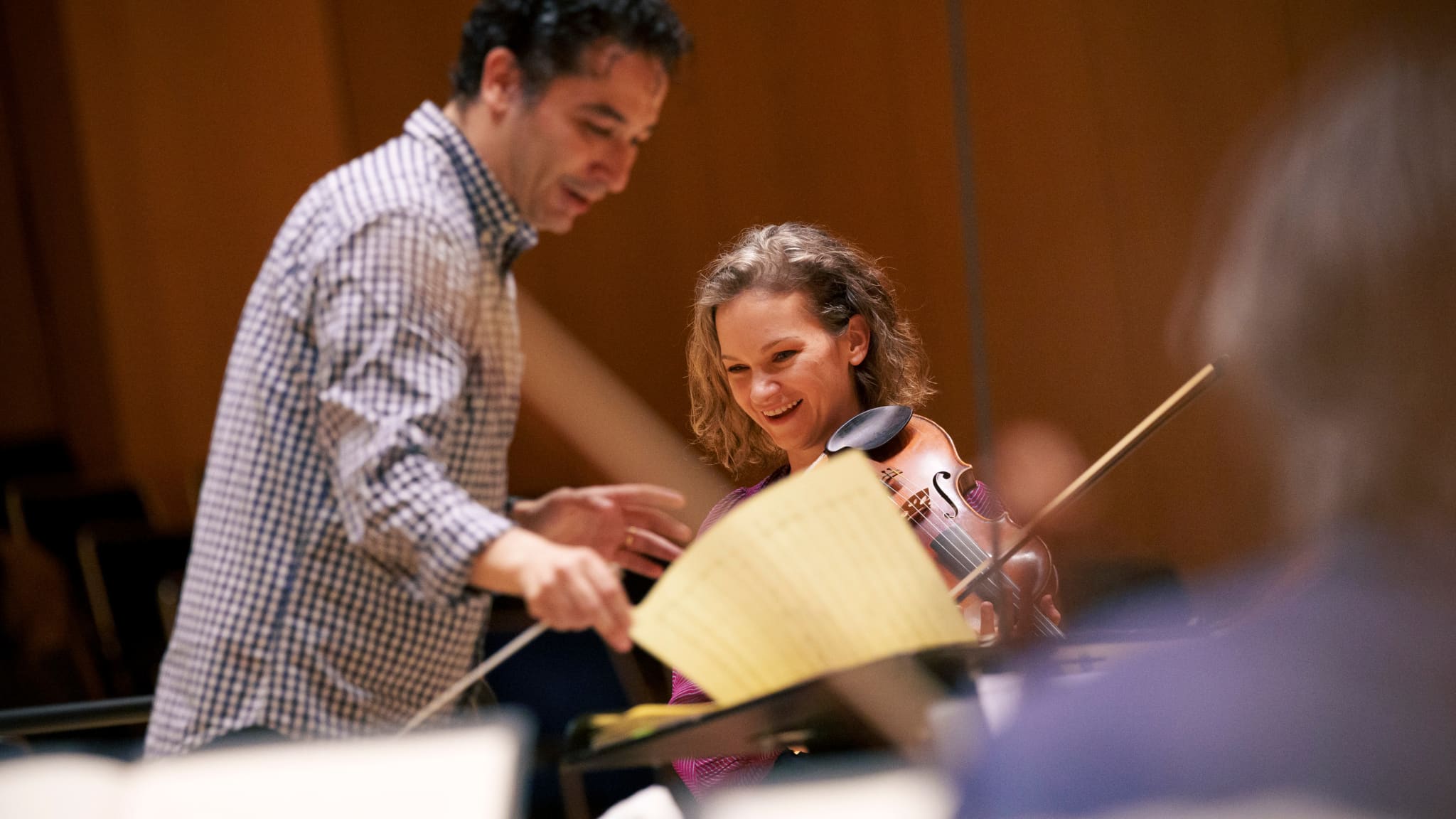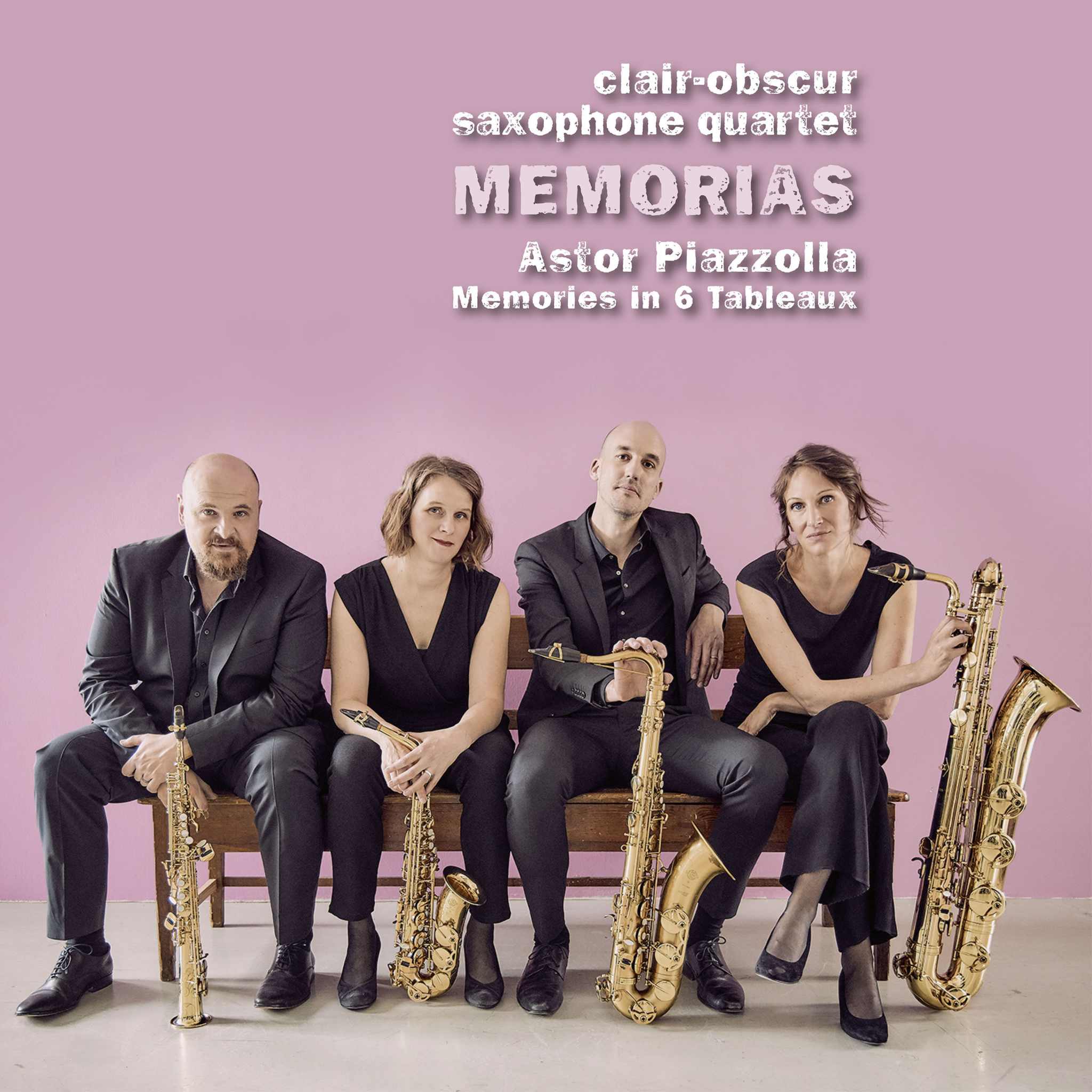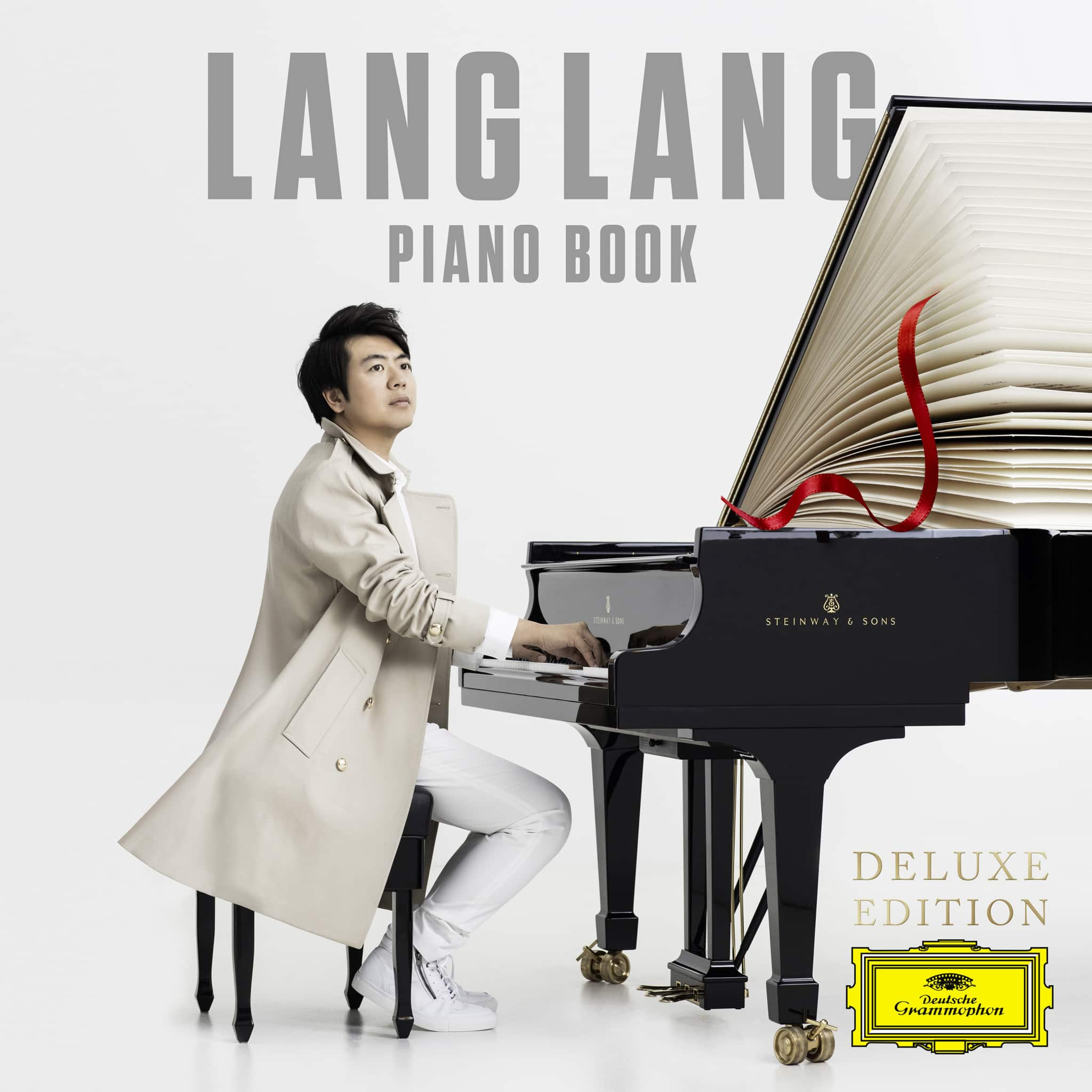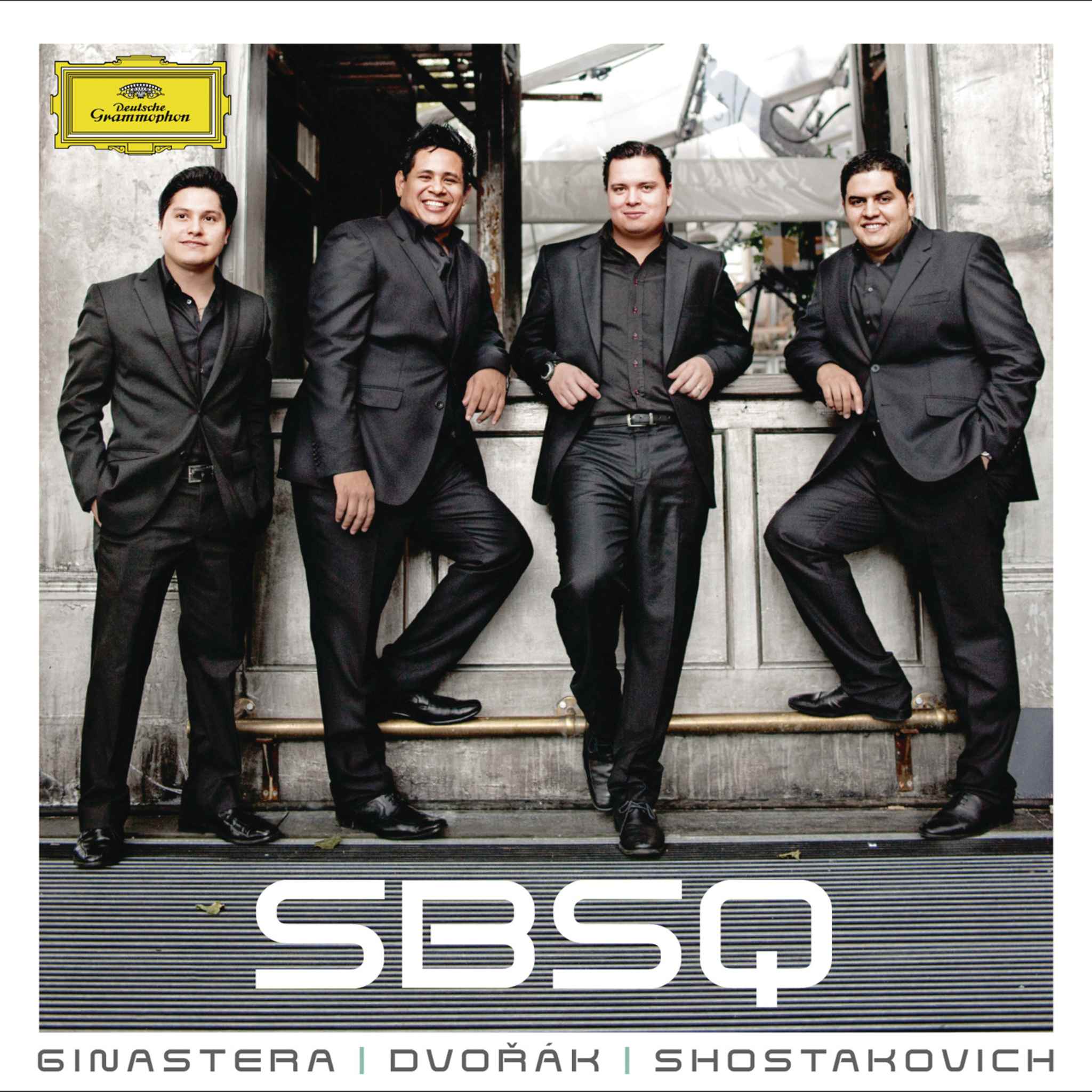Discover the Brilliance of Alberto Ginastera’s Compositions
Alberto Ginastera, born in Buenos Aires to Catalan and Italian parents, is considered one of Argentina's most pivotal composers of the 20th century. His journey into music and his exposure to Stravinsky's Rite of Spring and Bartók's works led him to create the iconic modernist ballet Panambí.
The Evolution of Ginastera's Style
Ginastera's compositional career is typically divided into three stylistic periods. The first, known as "Objective Nationalism" (1934–1948), saw his music incorporate Argentine folk themes and traditional elements in a direct manner, often inspired by the gauchesco tradition that symbolizes Argentina's native horsemen, the gauchos.
The second phase, "Subjective Nationalism" (1948–1958), reflected a more abstract evocation of Argentine spirit and color without overt folk melodies. It was during this period that he composed Estancia, a highly melodic work evoking the life of Argentine cowboys, akin to Aaron Copland’s American ballets.
His final phase, "Neo-Expressionism" (1958–1983), was characterized by twelve-tone modernism and incorporation of pre-Columbian South American cultural elements, integrating microtones, serial procedures, and aleatory techniques. Important works from this period include the Cantata para América Mágica, the opera Bomarzo, which faced governmental censorship, and the symphonic poem Popol Vuh, based on a Mayan creation myth.
Ginastera's Legacy in Modern Music
Beyond these, his Harp Concerto has become a standout in the modern harp repertoire. Other notable compositions include the operas Don Rodrigo and Beatrix Cenci, and his cello concertos.
Ginastera received a Guggenheim fellowship and spent time in the United States primarily in 1946–47. Due to political unrest, he left Argentina in 1969 and settled in Geneva in 1970, where he composed his final works.
His influence on 20th-century music, especially in Argentina, is undeniable. His works continue to be celebrated for their unique blend of traditional elements, modernist techniques, and a distinct Argentine flavor. Dive deep into the fascinating world of Alberto Ginastera and experience his unforgettable musical narrative unfolded in works like Estancia, Cantata para América Mágica, and Bomarzo.
